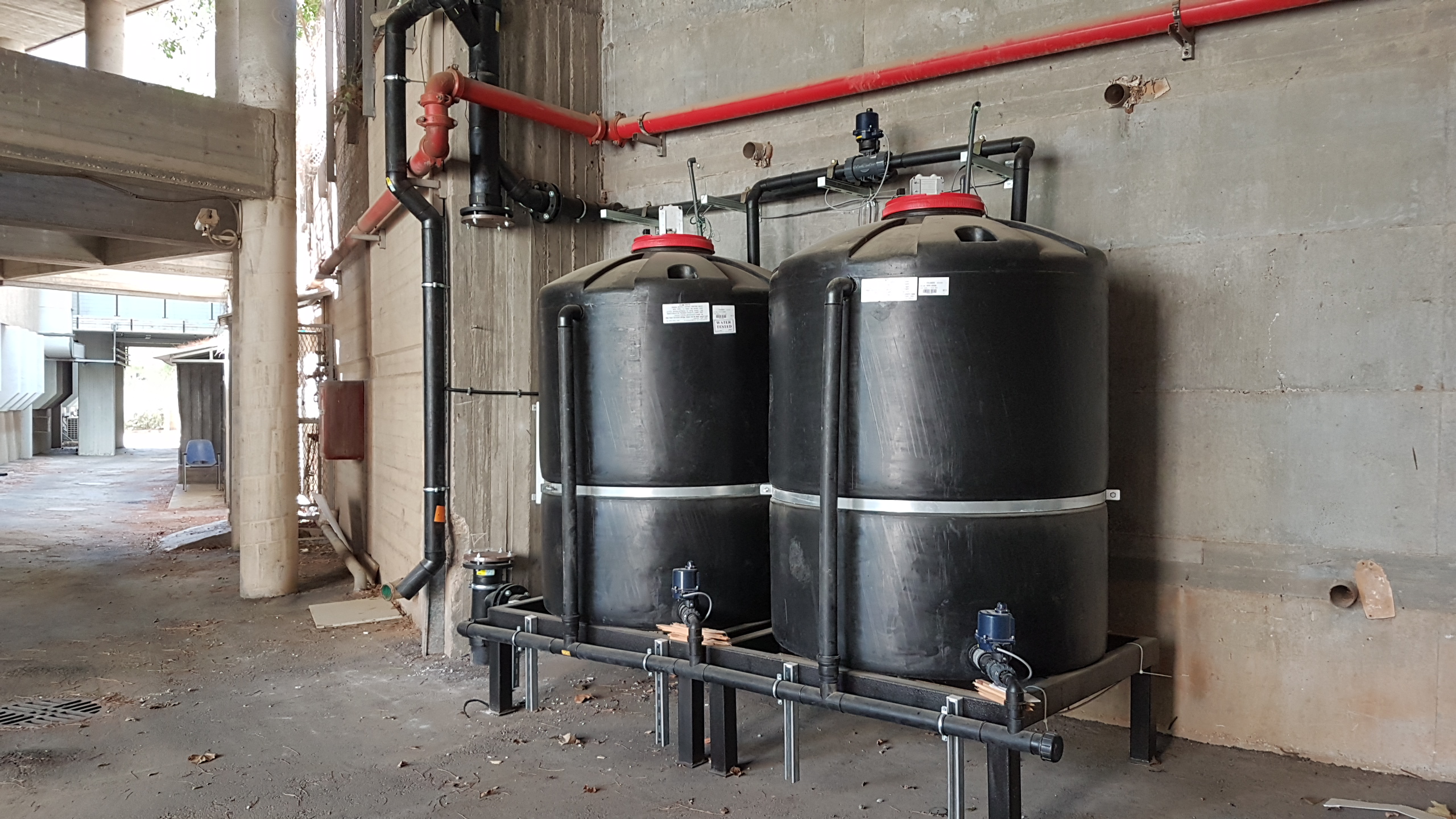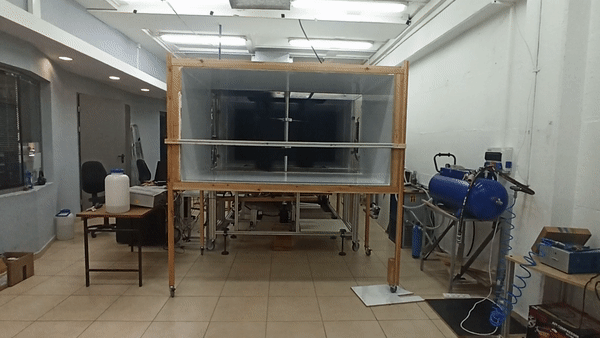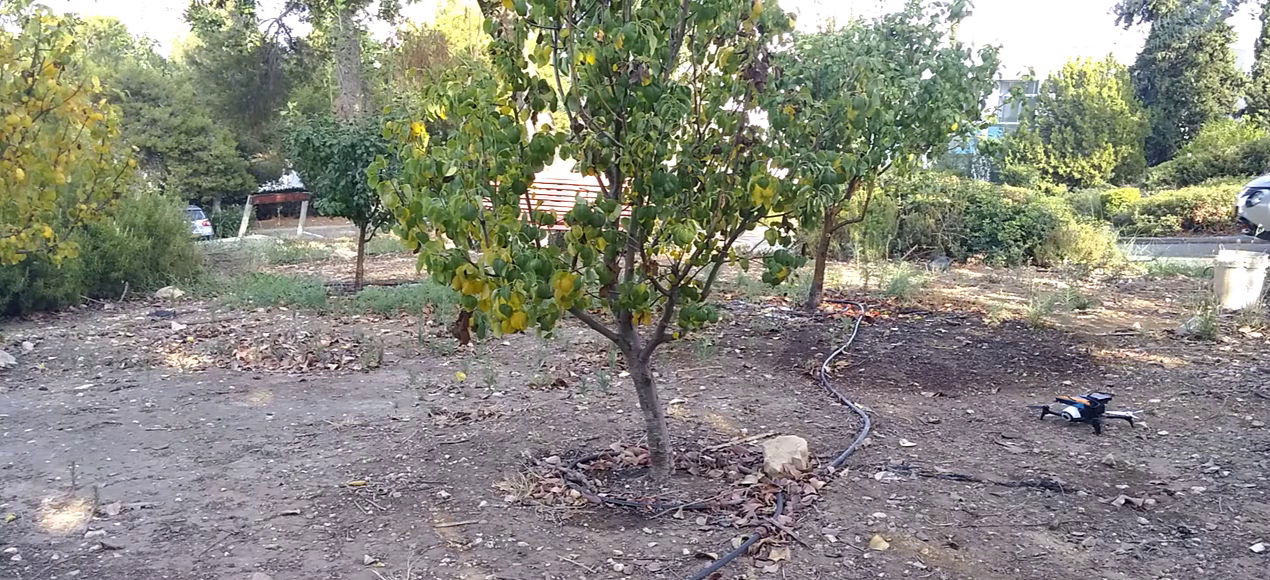Growing Meat as Opposed to Raising Meat
January 4, 2021Israeli ag-tech company, Aleph Farms, can successfully produce cultured meat using a fraction of the land, resources, and time. Young activists are echoing this principle to generate broader public acceptance as a legitimate way to combat climate change.
In 2018, the United Nations’ Intergovernmental Panel on Climate Change [IPCC] released a report concluding the world will exceed past the 1.5°C threshold set by the Paris Climate Agreement by 2050 if energy, transportation, and agriculture sectors do not undergo a radical transformation.
Despite the complications brought on by the COVID-19 pandemic, renewable electricity generation is expected to rise by an additional 5% in 2020 thanks to the expansion of solar and wind energy and hydroelectric power projects. In terms of addressing the transportation sector, worldwide electric vehicle production and sales exceeded 2 million units in 2018 alone. The agriculture sector, on the other hand, has not received a corresponding amount of attention.
Addressing climate issues brought on by animal agriculture in particular has been much less actively pursued despite its second largest contribution to human induced greenhouse gas emissions following the burning of fossil fuels. Specifically, 14.5% of global GHG emissions are the result of the livestock industry’s operations, which roughly equates to all the emissions produced by the entire transportation sector.
Meat Industry’s Footprint
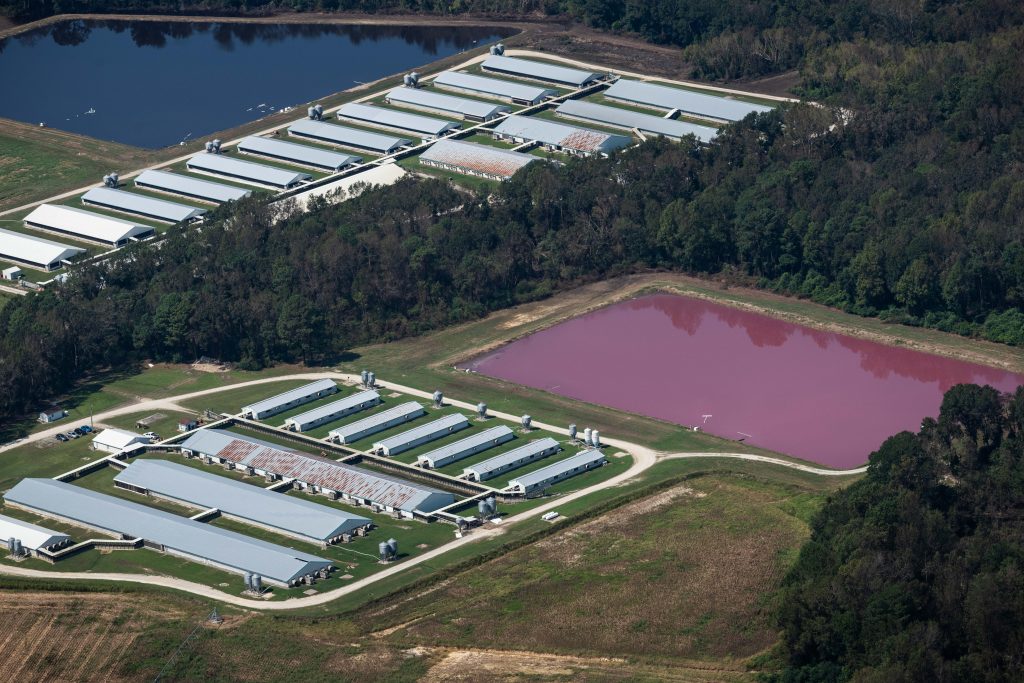
According to UN projections, the world population will reach 9.8 billion by 2050, and the consumption of meat products will subsequently rise by 76%. If conventional factory farming continues to persist through the midcentury, at least another 2.1 billion acres (approximately the area of Brazil) of land will need to be cultivated in order to satisfy future food demand. Unsurprisingly, this amount of open available land does not exist, which has led developers to tap into forested areas, thereby advancing mass deforestation and biodiversity loss primarily in the tropics. Without these forests to absorb excess carbon, concentrations of GHGs in the atmosphere will inevitably intensify.
Out of the major livestock comprising the meat industry, beef is by far the most sprawling and resource intensive. Yet it is the least consumed meat product. Specifically, approximately 60% of agricultural land is presently devoted towards the production of beef (including feed production and grazing ground). That amounts to 30 million square kilometers out of the approximately 51 million square kilometers of global agricultural land. By comparison, poultry production uses less than two million square kilometers of land; as does the production of pork. Although they comprise significantly less land, poultry and pork represent 34% and 40% of global meat consumption, respectively. Beef, on the other hand, only makes up 24%.
Emissions and finite land aside, the meat industry as it predominately operates today is extremely water intensive, particularly when it comes to beef. On average, over 15,400 cubic meters of water are needed to produce one metric ton of beef, while only 4,300-6,000 cubic meters are needed to produce an equal amount of meat from chicken, pork and goat.
Here’s the big picture: a heaping and disproportionate amount of land and resources are being allocated to the agricultural sector to produce a lesser consumed meat product. Therefore, one way to address and decelerate the rate of climate change is to tinker with the conventional agricultural system, particularly the beef sector of the meat industry—at least initially. But how so?
Leave the Environment Out of It?

In light of these circumstances, we should be left asking ourselves a tricky question considering the grim climatic conditions predicted for 2050. If millions of additional acres of land are needed for agriculture to sustain both livestock and the world’s growing population, and it means cutting down corresponding expanses of forest and using incredibly vast amounts of water to do so, how can we expect the environment to heal itself while also meeting our future food needs?
Aleph Farms, an Israeli based ag-tech startup company, is tackling this very dilemma by developing a new method of beef production through cellular agriculture—cultured meat. This refers to the indoor production of animal proteins, fats, and tissues using cell cultures and biotechnical engineering, mirroring the growing processes that would have occurred naturally. “Aleph Farms is the first company to produce steak out of a cow cells instead of slaughtering the animal,” says Yoav Reisler, Head of Communications and External Relations.
The idea is to grow quality meat quicker than conventional means while using a fraction of the resources, thereby serving as a less land intensive agricultural method. “Instead of taking a process that lasts between 2 years to 2 ½ years in conventional livestock farming,” Reisler says, “we’re replicating the process of forming the meat outside of the cow using a device called a bioreactor, which only takes between 3 and 4 weeks.” A bioreactor is a device that supports a biologically active environment, and in this case, it mimics the internal environment of a cow, allowing the cells to grow until they form a piece of steak.
Aleph Farms is currently focusing the majority of its efforts on beef as opposed to other kinds of meat. “One of the reasons why we focus on beef as our primary product is because of the environmental footprint it has on our planet in terms of the land and water it consumes and the greenhouse gases it emits,” says Reisler. However, as Aleph Farms scales up and forms additional partnerships around the world, they are open to diversifying their portfolio to include other kinds of meat like pork or poultry.
Overcoming Challenges
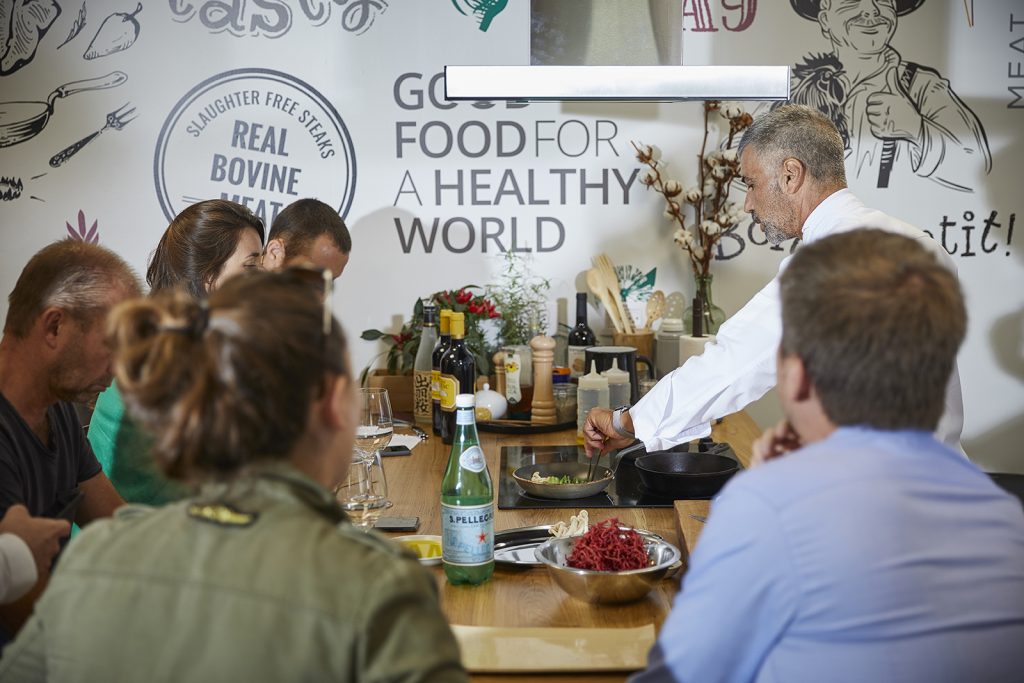
Due the production method’s relative novelty, Aleph Farms and other similarly oriented companies encounter some unique difficulties. For one, the industry’s capacity to scale up is slow-going because there is still much to understand in terms of the skill sets needed. Aleph Farms’ Head of Sustainability, Dr. Lee Recht, explained they are solving this problem by mentoring several academic courses to help educate students about the long-term opportunities emerging in food engineering and cell culture. “The whole cellular agriculture industry has only started growing as an adaptation to food only in the last 5 or 6 years, and I believe we’ll see a growth in the skill sets as we move forward,” says Recht.
The next issue derives from the costly cell culture media needed to regulate the cell growth, which drives up the cost to consumers. However, Aleph Farms has a roadmap of how they plan to reduce those costs over the next ten years. As Reisler explains, “We’re overcoming cost challenges by developing our own growth media from plant proteins instead of using any animal components.” Although Aleph Farms is determined to get their product out commercially by 2025, the desired price tag will more likely be achieved closer to 2030.
Amassing Support Now
One of the last major challenges Aleph Farms grapples with relates to consumer acceptance. “A lot of the time we are compared to the impossible and beyond burger. Others think we have to be GMO, which we’re not. There’re all these types of names and categories that are usually misleading,” Recht explains. Therefore, to ensure their success in the coming years, Aleph Farms is appealing to younger generations through an online discussion platform called the Gen Z Advisory Board as a way to get youths involved sooner rather than later.
“This is a long-term vision, and we want to include and engage future generations and have them help us understand how they approach responsible consumption and how they want to envision their future of eating,” says Recht. Reisler meets with members of the board on a biweekly basis to discuss their perceptions and opinions about the company’s developments, and Aleph Farms factors those insights into their decision-making appropriately. Generation Z individuals already make up around 32% of the global population. By targeting this demographic and amassing early support for cultured meat’s environmental benefits, the chances of cellular agriculture’s success in the climatically contentious years leading to 2050 is more likely.
This ZAVIT Article was also published in Israel21c on 21 Dec. 2020
